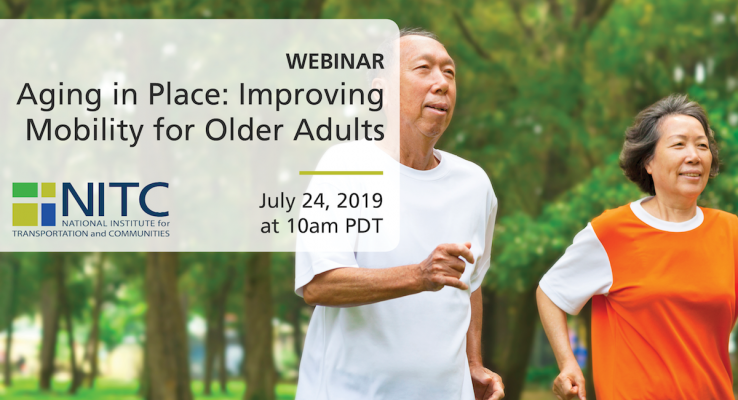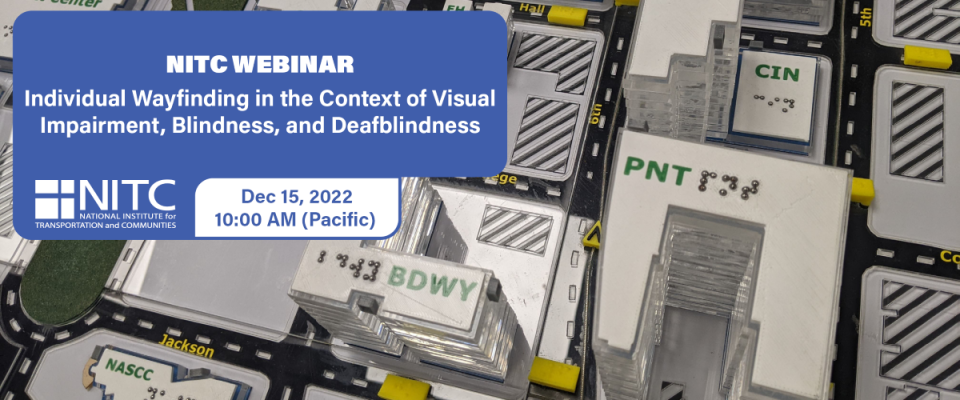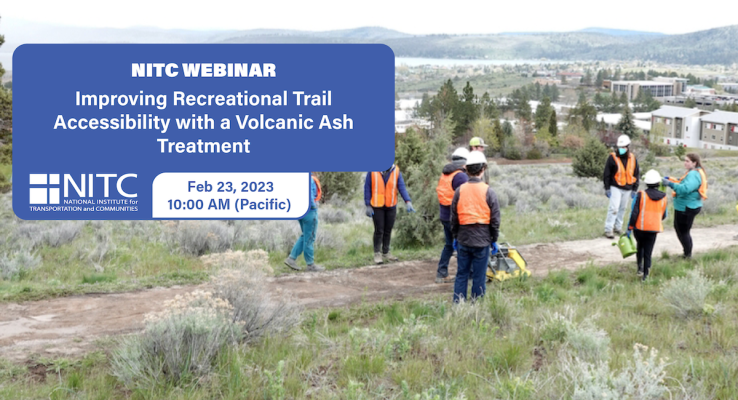PRESENTATION ARCHIVE
Miss the webinar or want a look back?
OVERVIEW
Aging in place can simply be defined as staying in your home as you age; aging in place concerns include mobility, social activities, safety, accessibility, and long term supports and services in one’s neighborhood and society. In order to facilitate aging in place, organizations in Salt Lake County, Utah and the City of Portland, Oregon, provided home modifications to income-qualified older adults that intended to enable aging in place. Such modifications alter individuals’ life-space mobility – a concept recently used by gerontologists and that we introduced to planners – from within one’s home to the broader community. A unique methodological approach taken by researchers merged several existing data collection instruments with additional interview questions of residents who recently received home modifications.
KEY LEARNING OUTCOMES
- Attendees will better understand the concepts of life space mobility and aging in place as it pertains to home modifications.
- Attendees...



